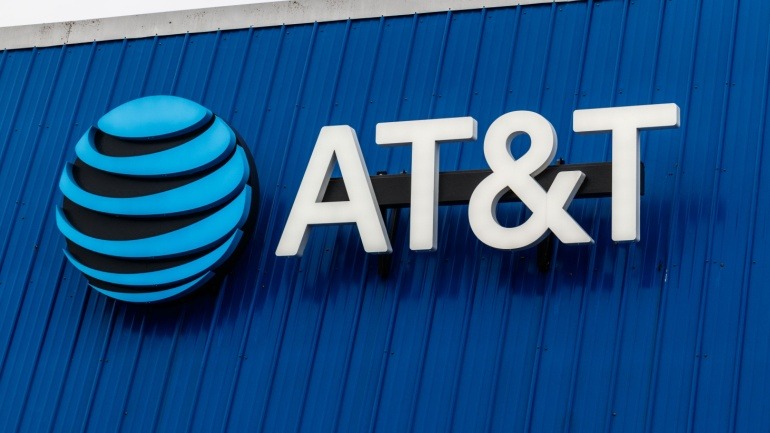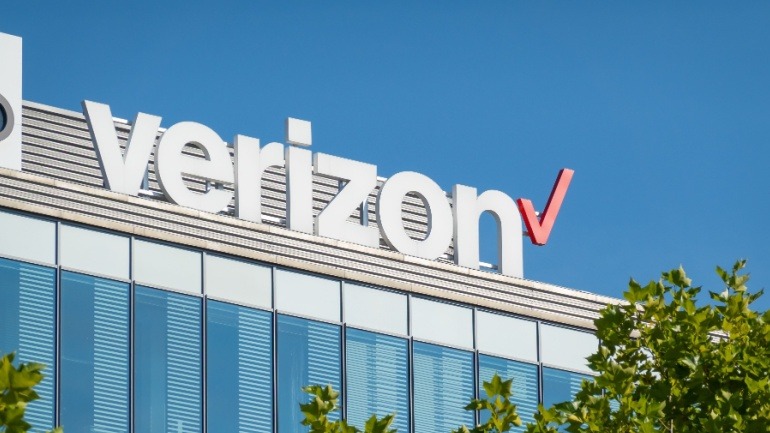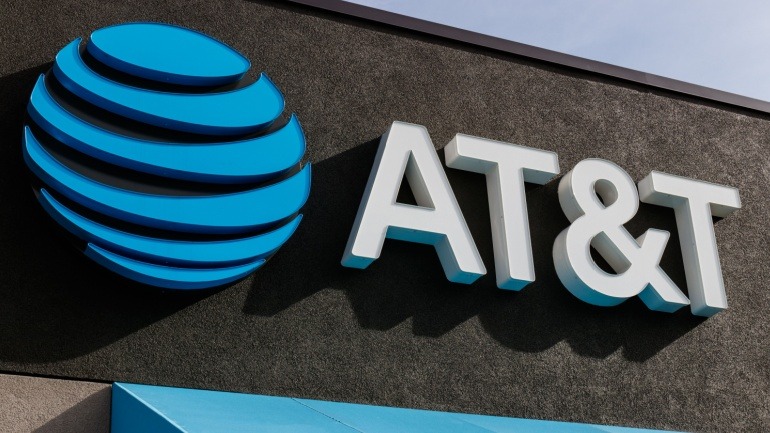AT&T has surpassed market expectations with a robust performance in the wireless sector during the second quarter. The company added 401,000 net postpaid phone subscribers, significantly outpacing analysts’ forecasts of 296,000. This impressive growth even overshadowed Verizon, which lost 9,000 subscribers in the same period.
Notably, AT&T experienced a slight rise in churn, with postpaid phone churn increasing to 0.87%, up 17 basis points from the previous year. Thus, customer renewals at the end of device financing agreements slightly exceeded expectations. Despite this, the influx of new wireless customers effectively balanced these pressures, ensuring overall positive outcomes.
However, the fiber sector didn’t meet projections. AT&T added 243,000 net fiber subscribers, missing the forecast of 250,600 and showing a sequential decline from 261,000 in the first quarter. This shortfall contributed to an initial drop in share prices despite the company’s solid overall performance.
To address these challenges, AT&T has committed to expanding its fiber network, investing $3.5 billion annually. The aim is to pass 50 million customer locations with in-region fiber by 2030. They plan to reach more than 60 million locations, including Lumen’s mass market assets.
AT&T CEO John Stankey sees favorable policies as a catalyst. He noted, “Investment and policy tailwinds are as strong as I can remember,” drawing parallels with policies following the Telecommunications Act of 1996. This could potentially bolster AT&T’s strategic initiatives and long-term growth.
Alongside fiber investments, AT&T plans to focus on pension funding, debt reduction, share buybacks, and other strategic initiatives. Chief Financial Officer Pascal Desroches expressed confidence in their financial health: “Overall, we feel really good about the strength and management of our balance sheet based on current operating trends and our outlook for the business.”
Moreover, the company is eliminating outdated infrastructure. They have filed with the FCC to discontinue copper-based services in about 10% of their centers across 17 states, pushing to retire most of their copper infrastructure by the end of 2029. This shift will pivot nearly all remaining customers to fiber or fixed wireless access.







